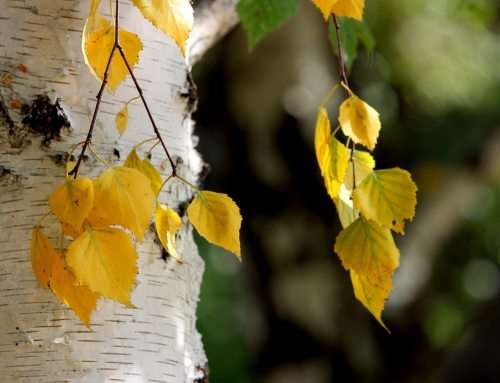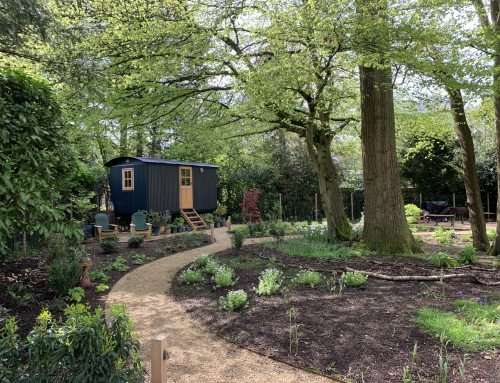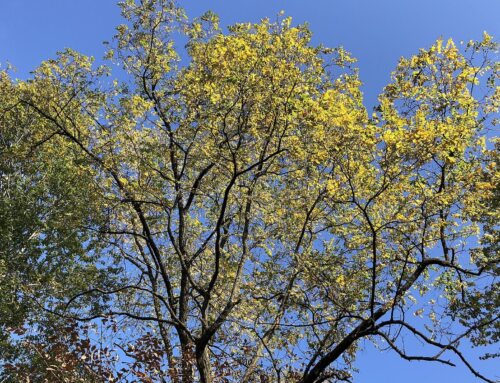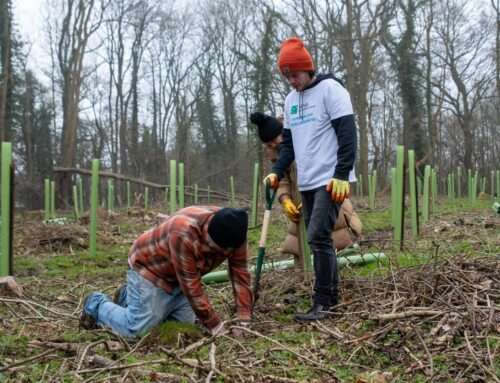Continuous Cover Forestry
By Francois-Xavier Procureur
Continuous cover forestry (CCF) is a broad term covering an array of silvicultural methods where the objectives are to permanently retain some form of canopy or forest presence. One of the primary methods used to achieve CCF is through shelterwoods systems, a method widely used for small-scale forestry in lowland England.
Establishing shelterwoods involves creating clearings throughout the woodland (no bigger than 0.25 ha). Within these openings, seed trees would be selected to allow the re-establishment of a future crop with natural regeneration or, in most cases, the open areas would be re-planted with trees and guards.
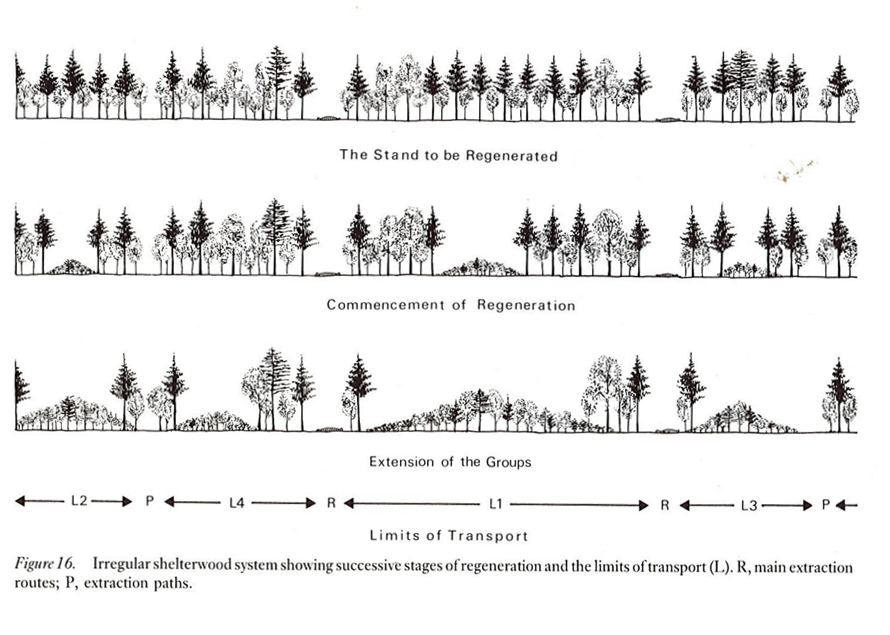
The use of natural regeneration was one of the main features making CCF attractive to foresters due to potential savings in planting costs and
use in site-adapted stock. However, due to excessive deer pressure in the UK, natural regeneration is not achievable without expensive protective measures. This is one of the reasons why other methods to achieve CCF such as underplanting are unpopular due to their in-achievability without a serious culling plan.
The absence of environmental impacts linked to clear felling is one of the major benefits of a CCF system. Factors such as soil erosion, disturbance of the water table, water run-off and nutrient loss would be non-existent. Furthermore, with the need for climate change resilience in woods, the increased resilience to wind damage, late spring frost, drought and invasive ground vegetation are major potentials to consider.
CCF is particularly relevant when working in ancient woodland or sensitive environments where too great an impact could dramatically change ecosystem dynamics, creating a disadvantageous environment for certain floral or faunal communities. For instance, the much-loved bluebells grow best under deciduous canopies where they rely on the canopy opening to get a head start to then be in an advantageous position once the canopy closes. Many other ancient woodland plants rely on competitive traits linked to shade tolerance to thrive, whilst light-demanding species usually attract undesirables such as brackens and brambles which would outcompete more specialised floral communities.
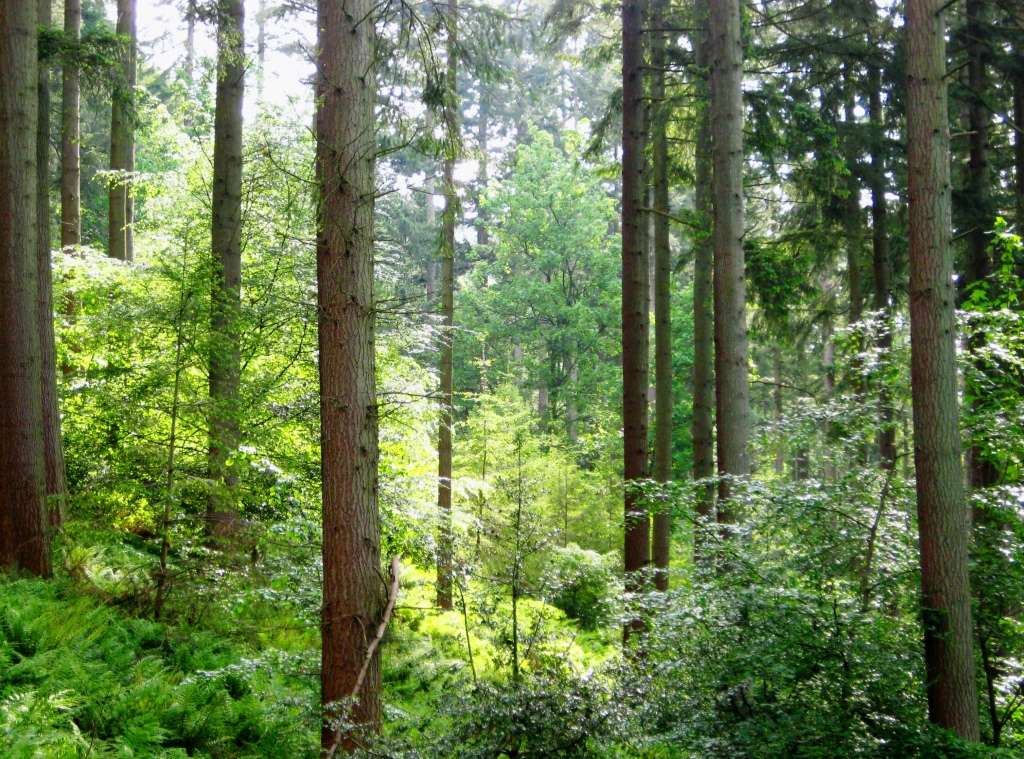
Economically, although shelterwood systems do not allow for large volumes of timber to be harvested in a single scoop, they present the advantage of resource availability. In short, at any given point there should be some form of timber product present within the woodlands, allowing for a sustainable income stream with a variety of products which can be harvested according to market trends.
Why should we not implement CCF systems everywhere?
Firstly, applying these systems is a complex process and requires a higher level of skill and knowledge, not only from the forester but also from the operators, stalkers and others involved with the process.
Furthermore, in the context of a productive crop, there would be a limited scope of possibilities for species choice, restricted to shade-tolerant species. The initial planting spacing is also a factor which needs to be considered, if natural regeneration has occurred the trees would not be at an optimal tight spacing which allows for straight high-quality structural timber.
A final point to consider from this is the carbon storage capacity. The implications of growing trees slower, at a lesser volume, means that the rate at which carbon is being locked at is much lesser than larger areas working on a productive clear fell rotation.
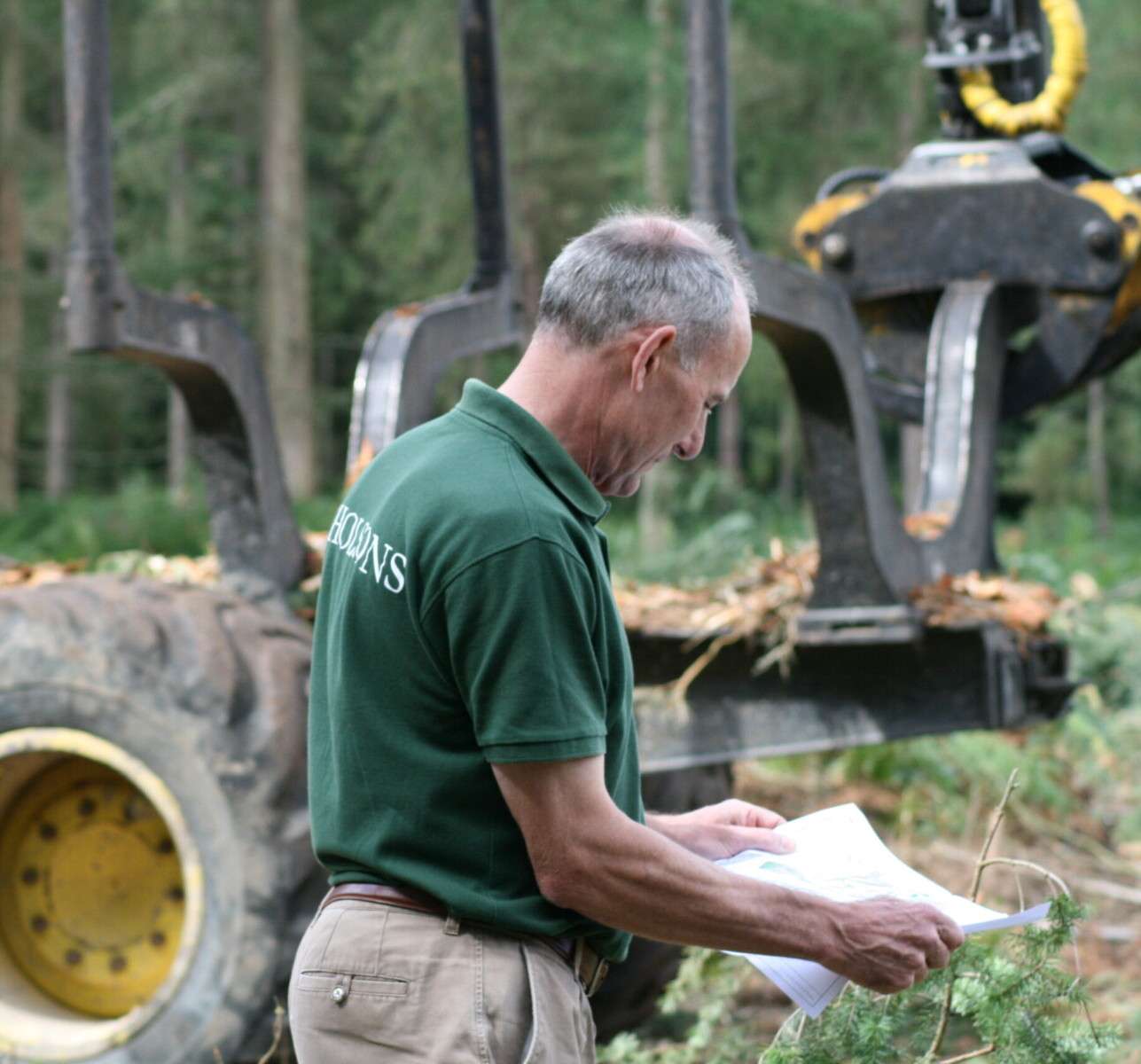
Continuous cover forestry is a great tool for foresters to use and could be of much greater efficiency if other factors were managed to a higher level, mainly with concerns with deer management. However, traditional plantation forestry should not be overshadowed by this more PR-friendly approach to forestry. Not only do these plantations allow for amazing carbon sinks, but as the second biggest importer of timber, we should do more to secure our reserves which are only getting ever smaller, especially in England.

